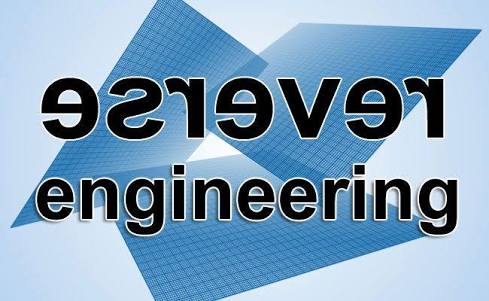Engineering is the profession involved in designing, manufacturing, constructing, and maintaining of products, systems, and structures. At a higher level, there are two types of engineering: forward engineering and reverse engineering.
Forward engineering is the traditional process of moving from high-level abstractions and logical designs to the physical implementation of a system. In some situations, there may be a physical part without any technical details, such as drawings, bills-of-material, or without engineering data, such as thermal and electrical properties.
The process of duplicating an existing component, subassembly, or product, without the aid of drawings, documentation, or computer model is known as reverse engineering.
Reverse engineering can be viewed as the process of analyzing a system to:
Identify the system’s components and their interrelationships.
Create representations of the system in another form or a higher level of abstraction.
Create the physical representation of that system.
Following are reasons for reverse engineering a part or product:
The original manufacturer of a product no longer produces a product.
There is inadequate documentation of the original design.
The original manufacturer no longer exists, but a customer needs the product.
The original design documentation has been lost or never existed.
Some bad features of a product need to be designed out. For example, excessive wear might indicate where a product should be improved.
To strengthen the good features of a product based on long-term usage of the product.

